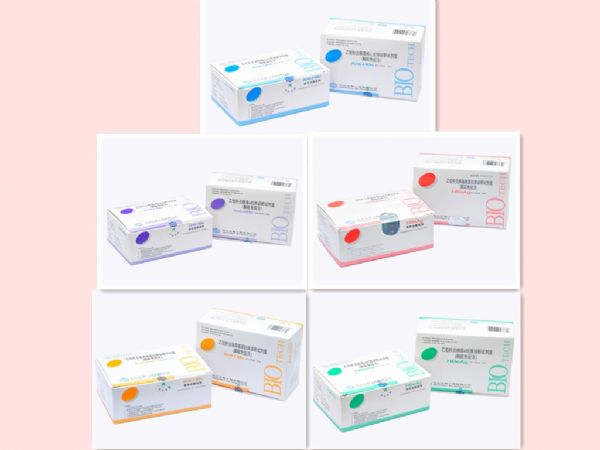compression sofa Foshan Jianermei Furniture Co., Ltd , https://www.minottiitaly.com Typically, the lowest detectable concentration on the standard curve of an ELISA kit is considered accurate. Below this point, due to the S-shaped nature of the curve, the readings may become less precise and more of an estimation. This can be influenced by experimental variability, leading to unreliable outcomes. Therefore, when choosing an ELISA kit, it's better to focus on the lowest concentration on the curve rather than the sensitivity value listed on the packaging.
So, what is the typical detection range of an ELISA kit? Most diagnostic reagents are designed to detect proteins in the range of nanograms per milliliter (ng/ml). However, the actual range may vary depending on the type of sample being tested. Before conducting an experiment, it’s important to consult the literature to confirm whether your sample falls within the detection range of the kit you’ve selected. If not, there are two possible approaches.
A. If the target protein is present at very low levels, consider using a more sensitive ELISA kit or concentrating the sample before testing.
B. If the protein concentration is too high, dilute the sample appropriately before running the assay.
Typically, the lowest detectable concentration on the standard curve of an ELISA kit is considered accurate. Below this point, due to the S-shaped nature of the curve, the readings may become less precise and more of an estimation. This can be influenced by experimental variability, leading to unreliable outcomes. Therefore, when choosing an ELISA kit, it's better to focus on the lowest concentration on the curve rather than the sensitivity value listed on the packaging.
So, what is the typical detection range of an ELISA kit? Most diagnostic reagents are designed to detect proteins in the range of nanograms per milliliter (ng/ml). However, the actual range may vary depending on the type of sample being tested. Before conducting an experiment, it’s important to consult the literature to confirm whether your sample falls within the detection range of the kit you’ve selected. If not, there are two possible approaches.
A. If the target protein is present at very low levels, consider using a more sensitive ELISA kit or concentrating the sample before testing.
B. If the protein concentration is too high, dilute the sample appropriately before running the assay.
 Understanding these factors helps in optimizing the performance of ELISA experiments and ensures that the results are both accurate and meaningful. Always remember that proper preparation and selection of the right kit are key to successful protein detection.
Understanding these factors helps in optimizing the performance of ELISA experiments and ensures that the results are both accurate and meaningful. Always remember that proper preparation and selection of the right kit are key to successful protein detection.
Sensitivity of ELISA kits to detect what range
ELISA kits are known for their high sensitivity, which plays a crucial role in the accuracy of results. The sensitivity required depends largely on the concentration of the target protein in the sample. When the target protein is present in high amounts, the sensitivity requirement is lower. However, if the concentration is low, high sensitivity becomes essential to ensure reliable detection.